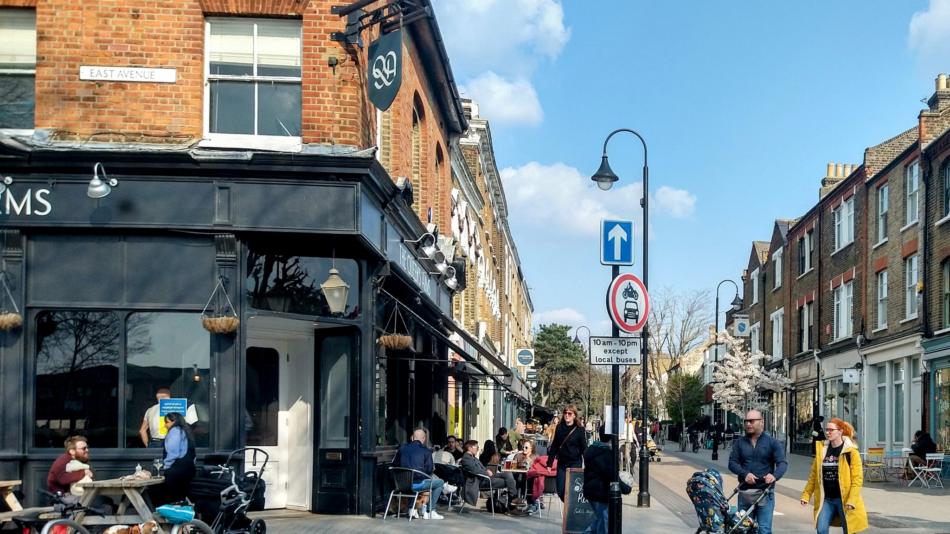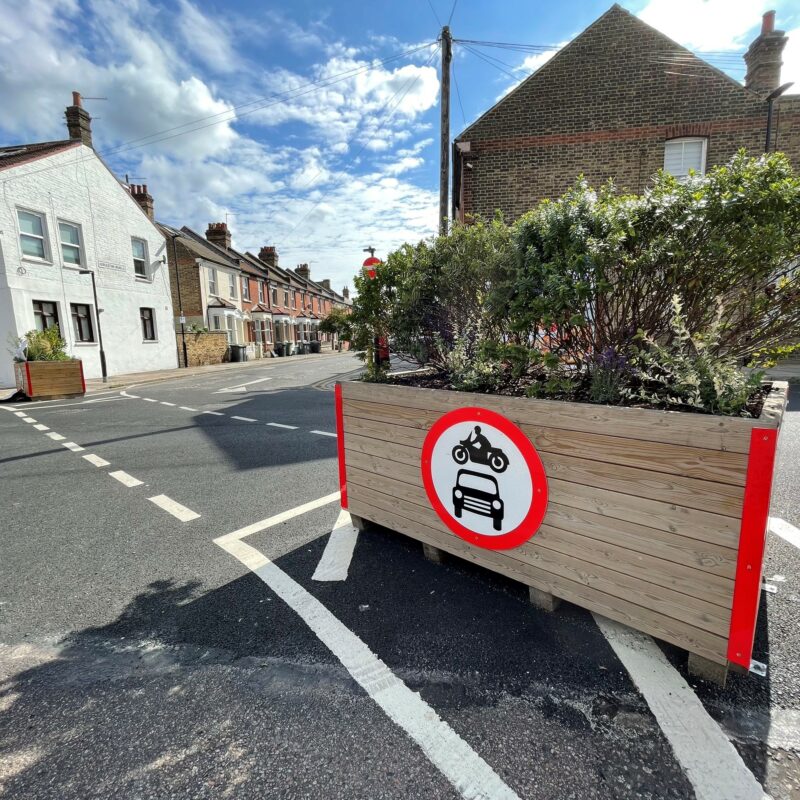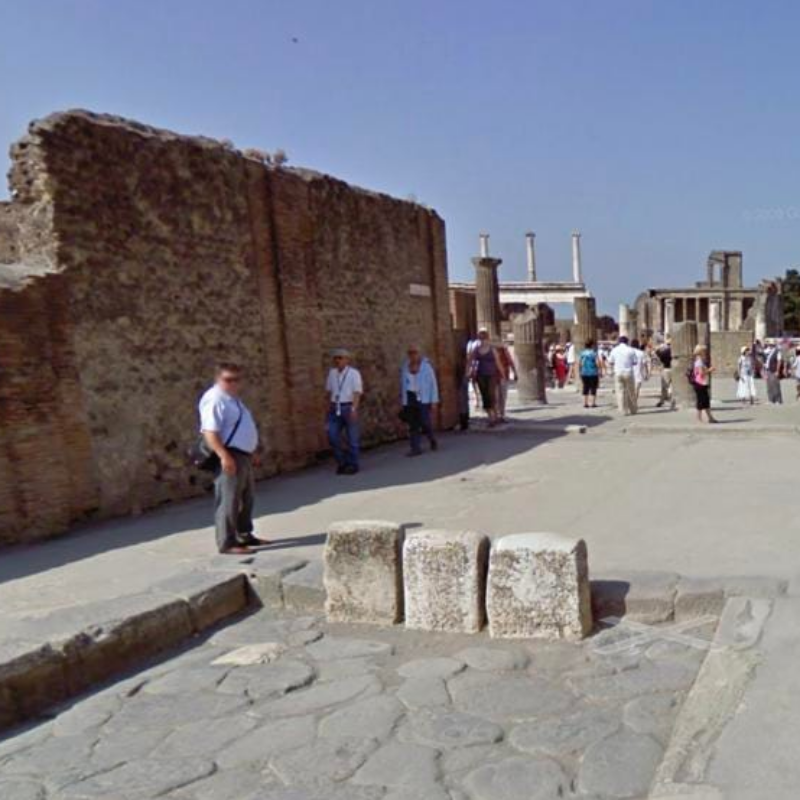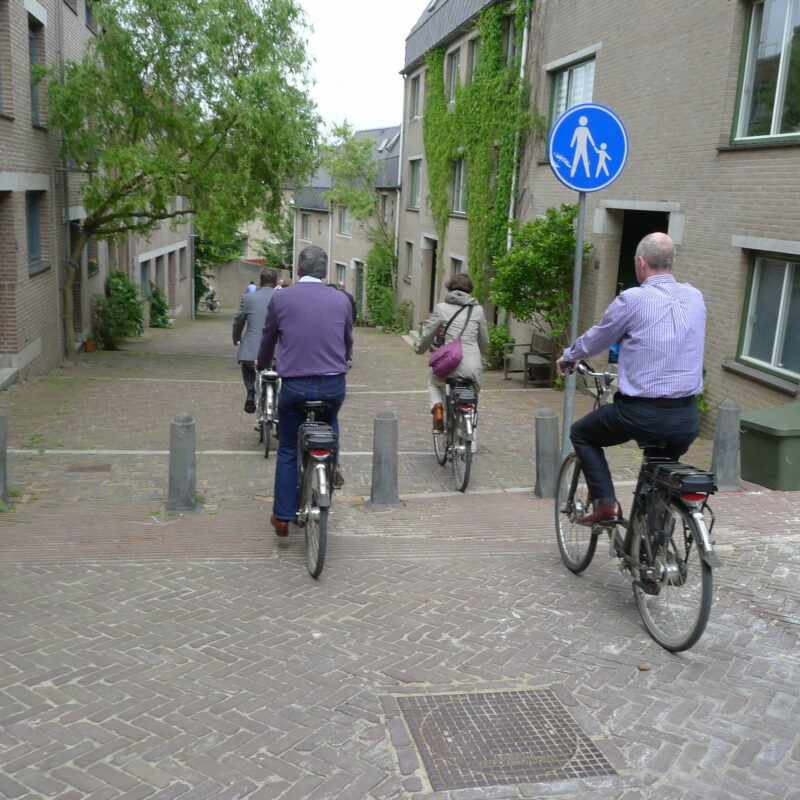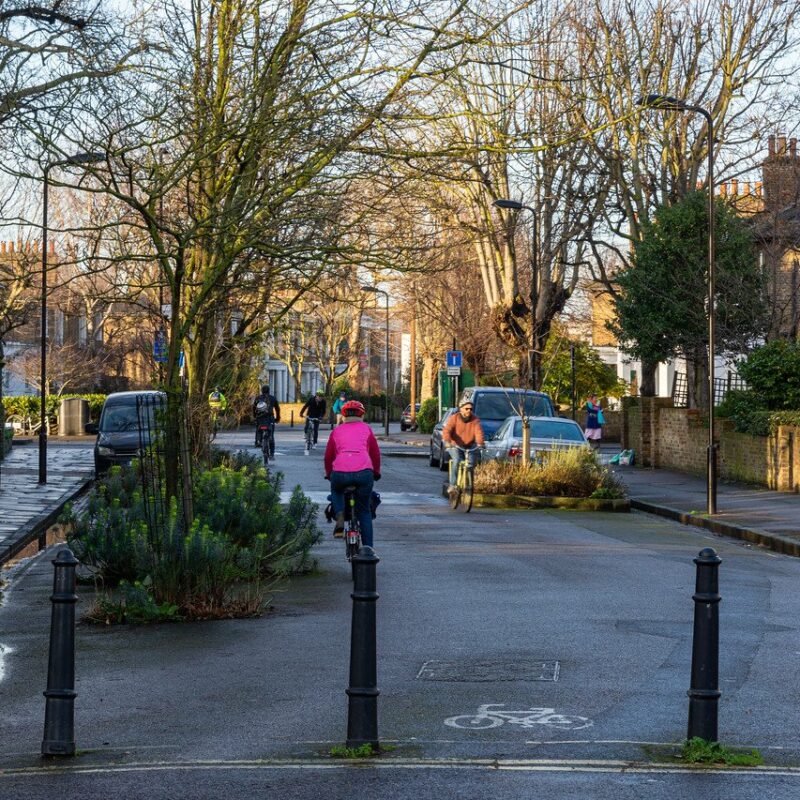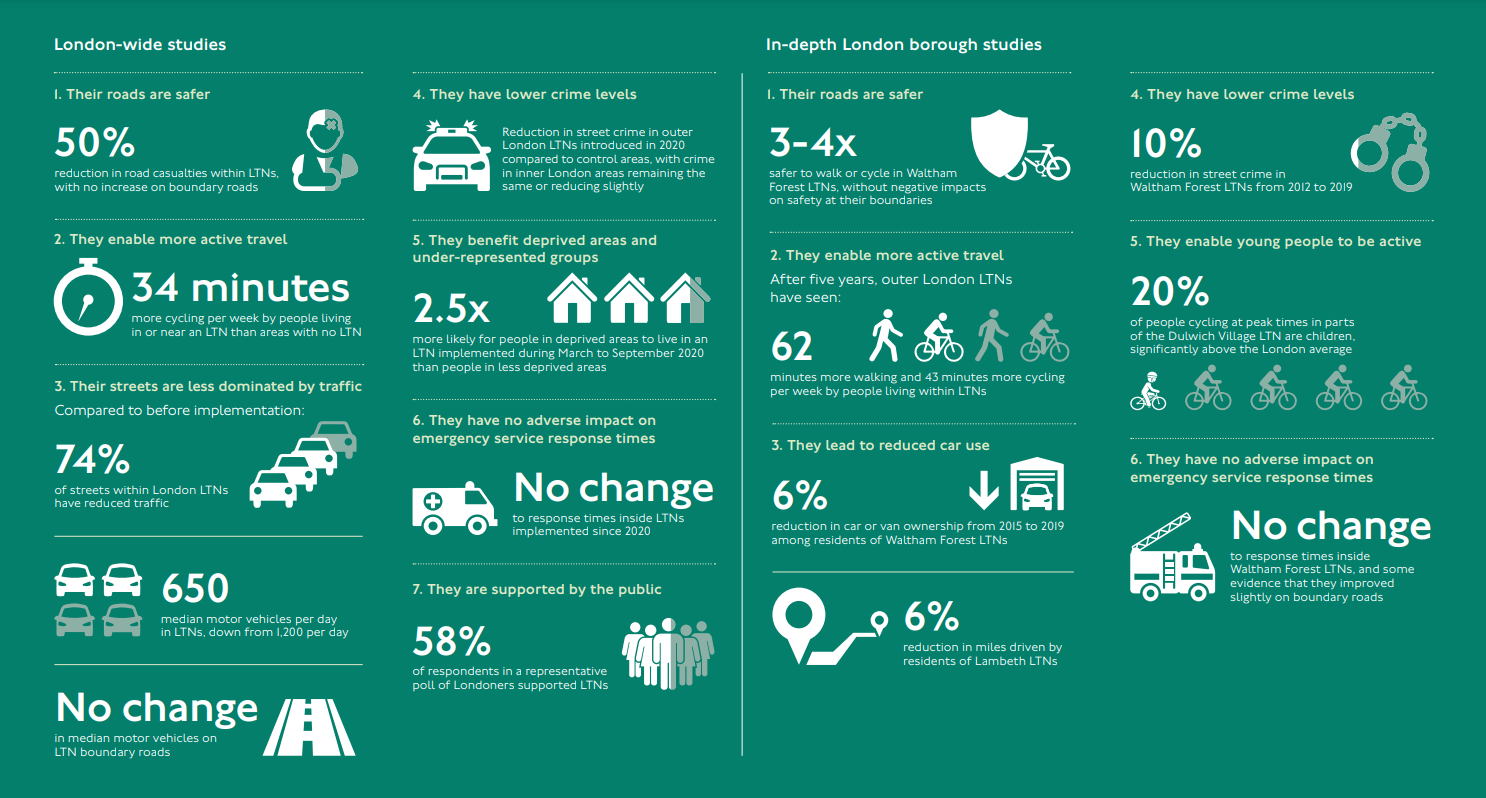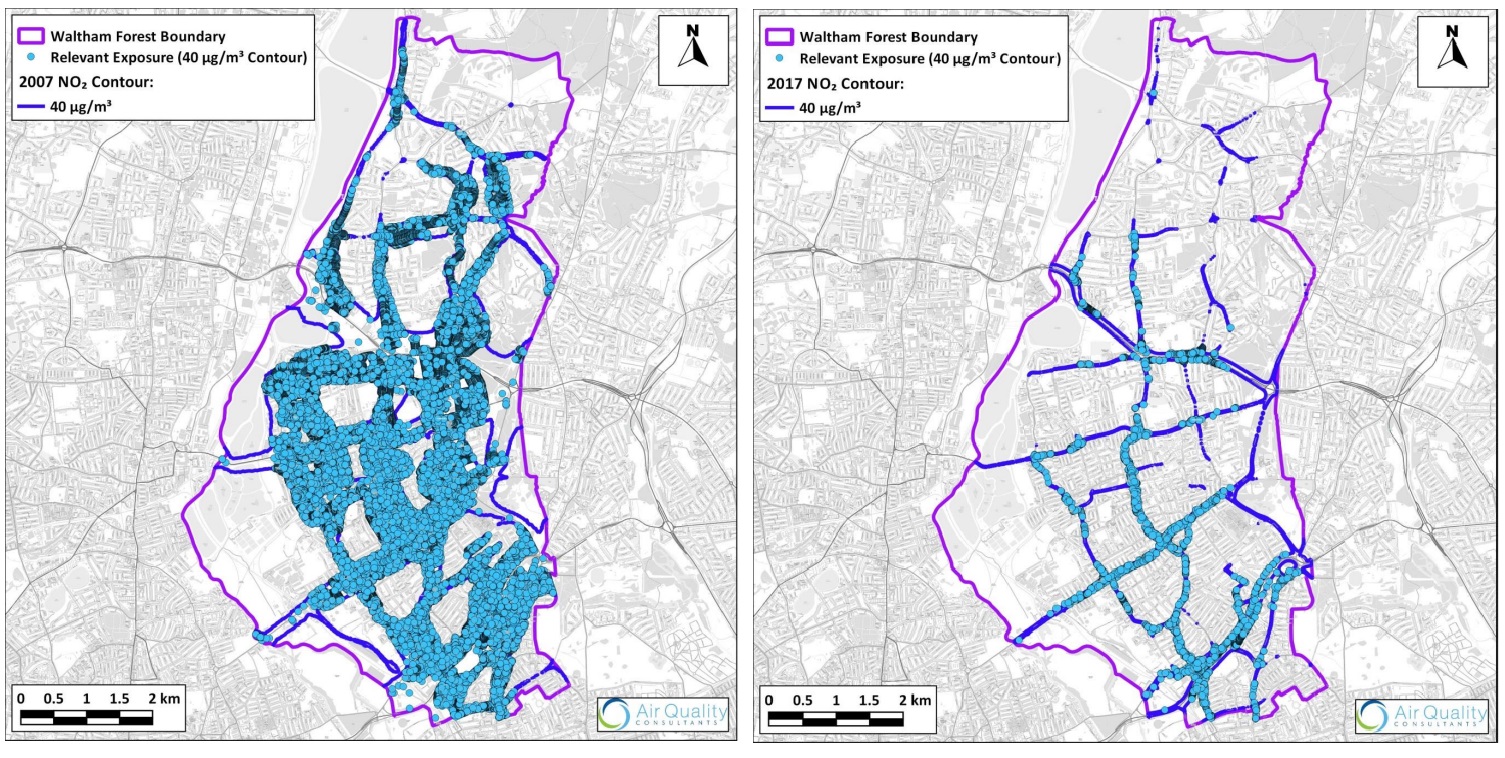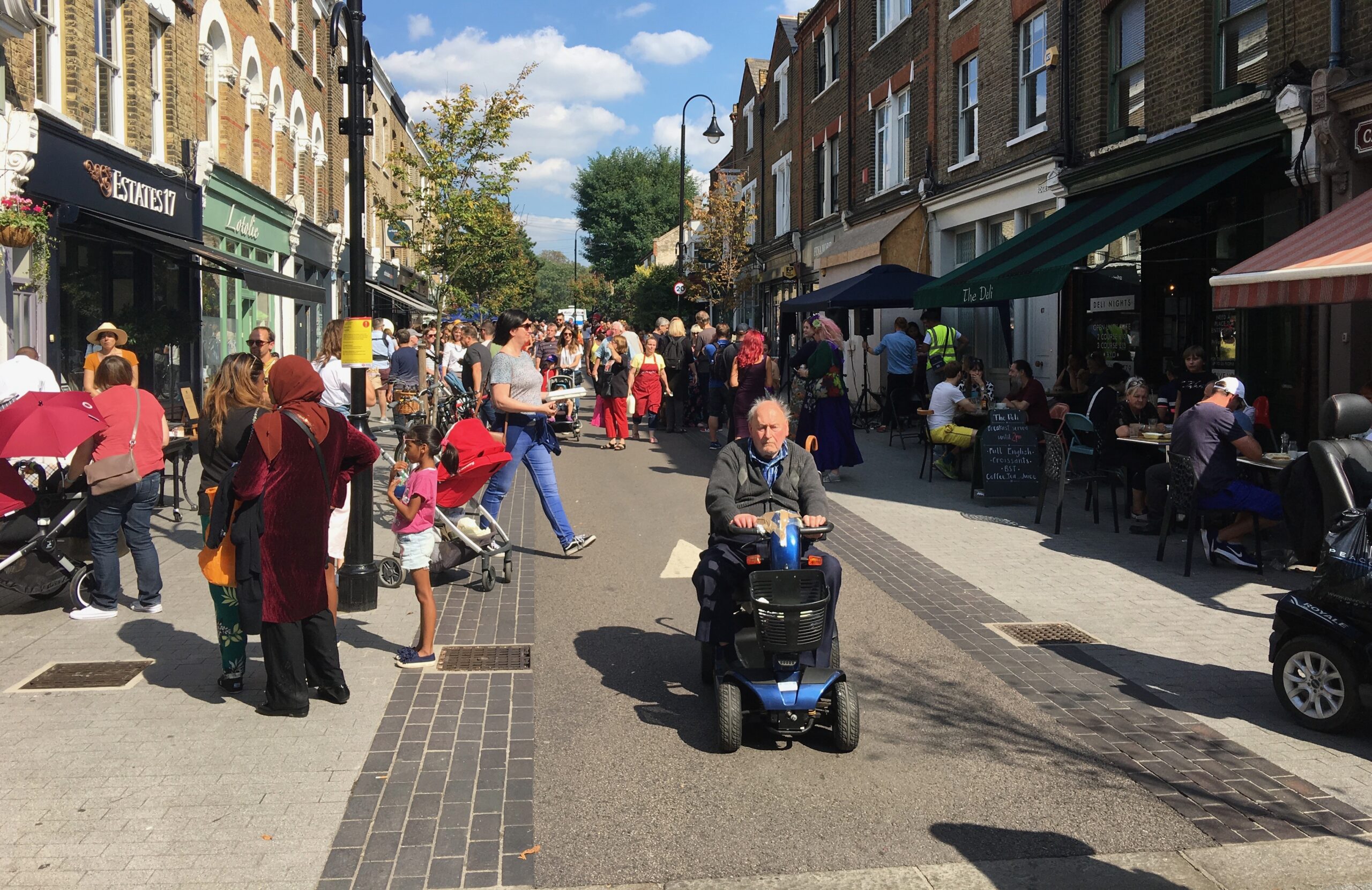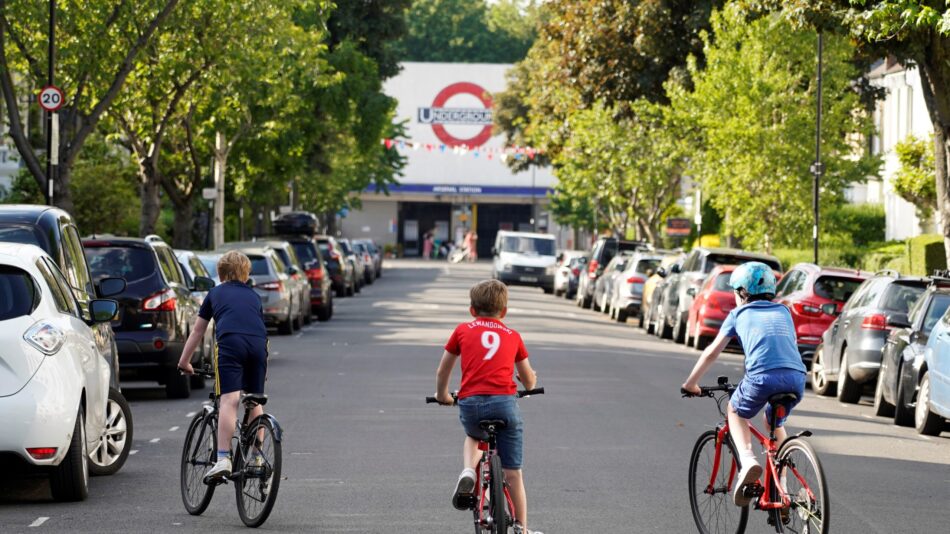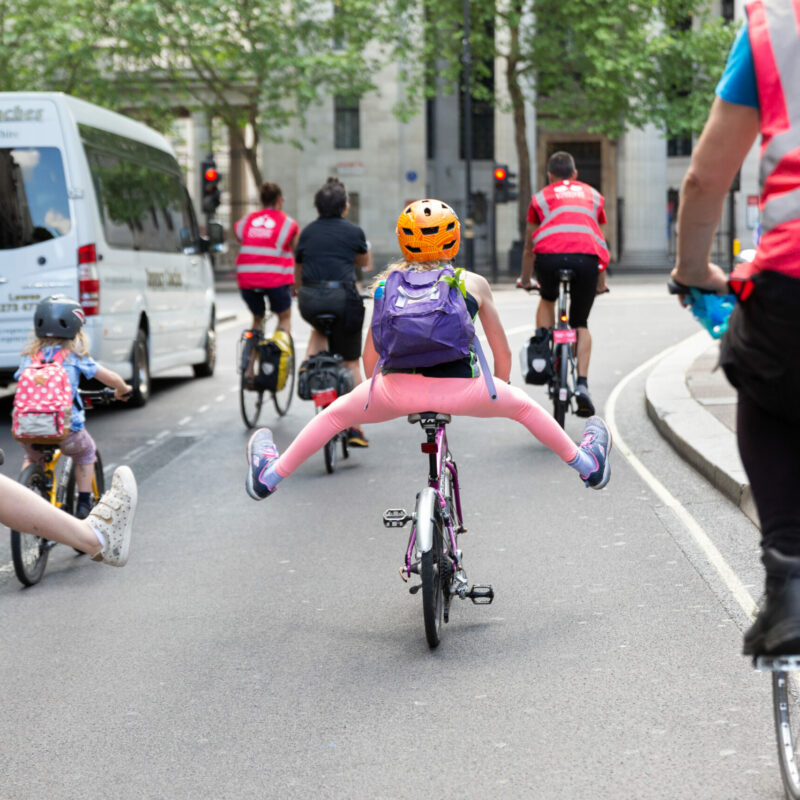The funny thing is, since the 1960s in the UK we’ve built cul-de-sac housing and dead-end estates where traffic rates are barely one car an hour - LTNs by default.
But these neighbourhoods have no permeability for anything – pavements are grim, there's no space between houses. They’ve very hard or impossible even to walk through, let alone cycle.
But the idea of stopping traffic cutting through a residential neighbourhood isn't new...
